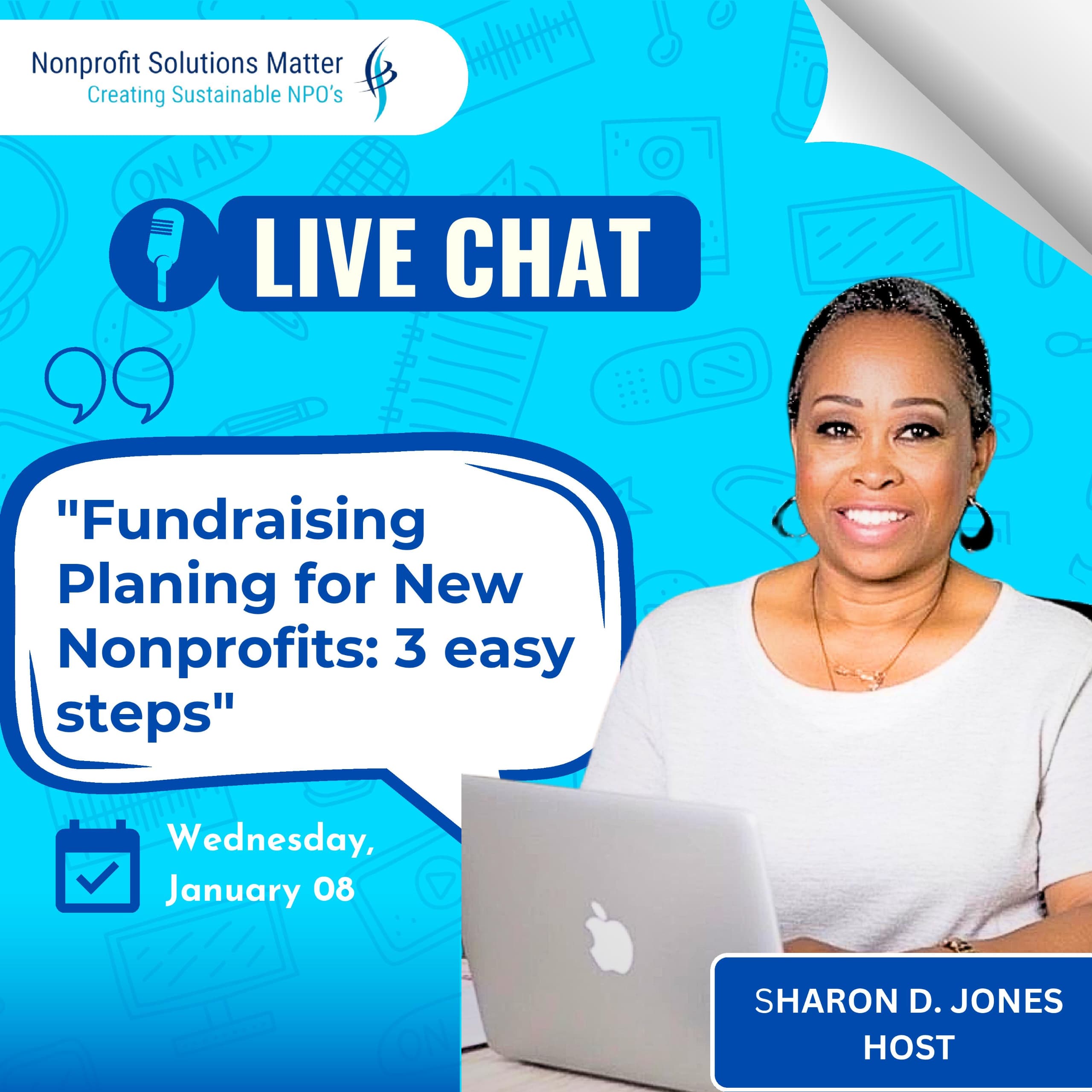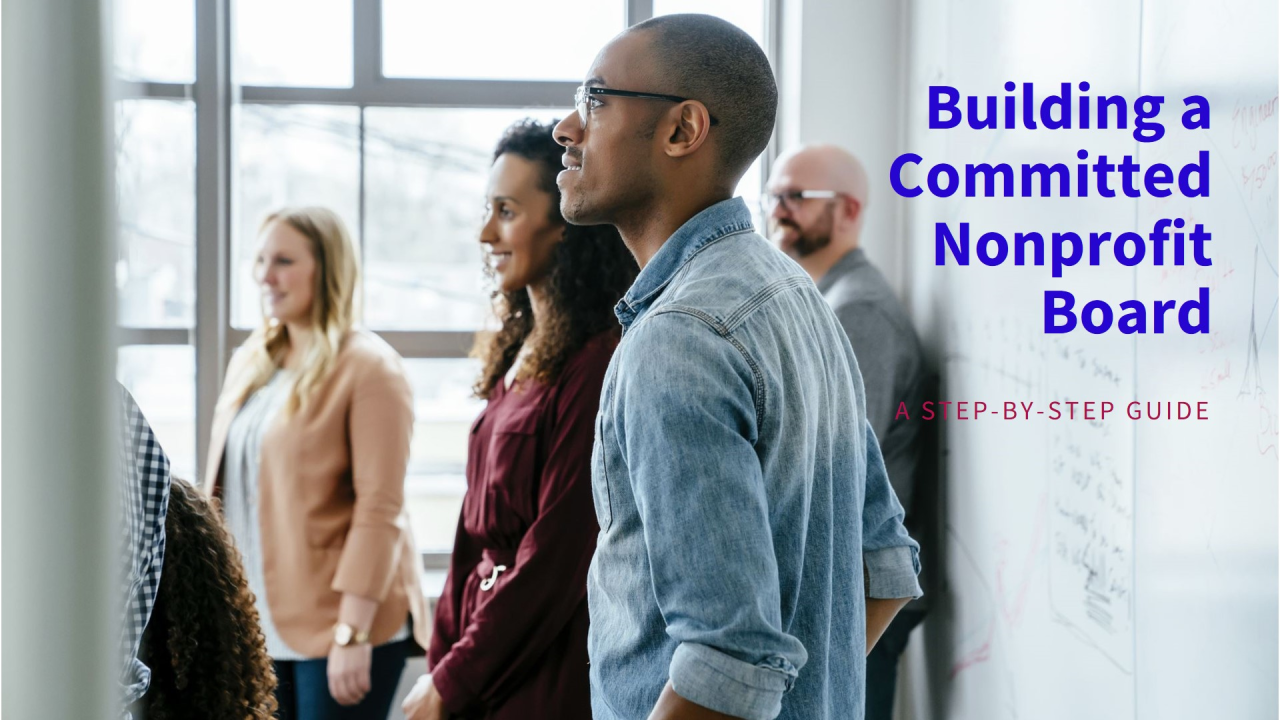Creating a Culture of Philanthropy in Your Board:
Cultivating a culture of philanthropy within your board is essential to fostering the long-term sustainability of any nonprofit organization. By engaging board members in fundraising efforts, nonprofits can strengthen their financial base, enhance organizational impact, and build lasting relationships with donors. This step-by-step guide outlines a process to embed philanthropic values within your board, positioning your organization for sustainable success.
Step One: Assessing Resources
The first step in creating a culture of philanthropy is to assess your board’s comfort level with fundraising. The Board Comfort Survey is a valuable tool that helps identify any barriers or challenges in your current fundraising efforts.
The survey might cover areas such as:
- Board members' confidence in engaging donors
- Their understanding of the organization’s fundraising strategies
- The board’s current role in donor cultivation and solicitation
This assessment is critical to revealing gaps in board members’ skills, knowledge, or willingness to participate in fundraising activities. Addressing these issues early will allow you to craft a strategic plan that fully leverages the board’s potential.
Step Two: Developing Strategy
Once you’ve assessed the board’s comfort level and capabilities, the next step is to develop a diversified fundraising strategy.
This involves:
- Analyzing current revenue streams
- Exploring new opportunities for funding, such as corporate partnerships, individual donations, grants, and crowdfunding
Diversification is key to mitigating risks associated with relying on a single source of income. Through strategic planning sessions, you can align the board with the organization’s revenue goals and determine the best pathways for securing funds.
Key questions to ask in this step:
- Are we too dependent on a single revenue stream?
- What untapped opportunities exist in our community or sector?
- How can the board actively participate in each fundraising strategy?
Step Three: Preparing for Major Gifts
Major gifts are often transformative for nonprofits, providing critical funding for capital projects, new programs, or endowment growth. To position your board for success in securing these large donations, you must build a compelling case for major gifts.
This includes:
- Articulating your organization’s vision and how a donor’s contribution will make a significant impact
- Conducting market studies to understand giving trends and areas where your nonprofit can make the biggest difference
- Performing wealth screening to identify potential major donors in your network
The board’s role in cultivating relationships with these donors cannot be overstated. Board members must be prepared to share the nonprofit’s story in a way that resonates with prospective donors and aligns with their philanthropic priorities.
Step Four: Implementing the Plan
With a strong case for support and a clear list of major donor prospects, it’s time to implement your fundraising plan. This step involves board members learning and applying the skills needed to make effective, impactful asks.
Effective solicitation strategies include:
- Personalizing the donor approach, tailoring messaging to each prospect’s interests
- Building meaningful, long-term relationships rather than focusing on one-time donations
- Empowering board members with the right tools, scripts, and support to confidently ask for major gifts
Your board members don’t need to be professional fundraisers, but they do need to feel comfortable with the ask. Providing role-playing opportunities, sample donor conversations, and one-on-one coaching can significantly improve their confidence.
Step Five: Building for the Future and Creating Sustainability
To ensure the long-term success of your organization, it’s important to develop a planned giving program. Planned giving offers donors the opportunity to make legacy gifts, including bequests, trusts, or charitable annuities, which contribute to your nonprofit’s capital and endowment campaigns. This type of giving fosters sustainability by securing resources beyond annual fundraising efforts.
Board members play a critical role in planned giving by:
- Serving as advocates for the program
- Educating potential donors about the long-term impact their gifts can have
- Leading by example, with board members themselves considering planned gifts to the organization
By establishing a strong planned giving strategy, your organization will be able to grow its endowment and create a steady stream of revenue for the future.
Step Six: Training
A commitment to ongoing training is essential to embedding a true culture of philanthropy within your board. This final step ensures that board members are not only prepared for the immediate tasks at hand but are also equipped with the knowledge and skills to support the nonprofit’s growth over time.
Training should focus on the following areas:
- Fundraising techniques and donor engagement strategies
- Effective storytelling to communicate the nonprofit’s mission and impact
- Governance and fiduciary responsibilities in fundraising
- New trends and innovations in philanthropy
Providing ongoing professional development for board members will not only improve their fundraising effectiveness but will also help them take ownership of their role in advancing the organization’s mission. When board members are confident and well-prepared, they can serve as powerful ambassadors and advocates for the organization.
Conclusion
By following these six steps, nonprofit leaders can create a culture of philanthropy within their boards, ensuring that members are actively engaged in fundraising and committed to the organization’s long-term success.
This strategic approach not only strengthens financial sustainability but also deepens board members’ connection to the mission, making them key players in the organization’s future.
Sharon Jones is the Lead Consultant of Solutions Matter LLC























































